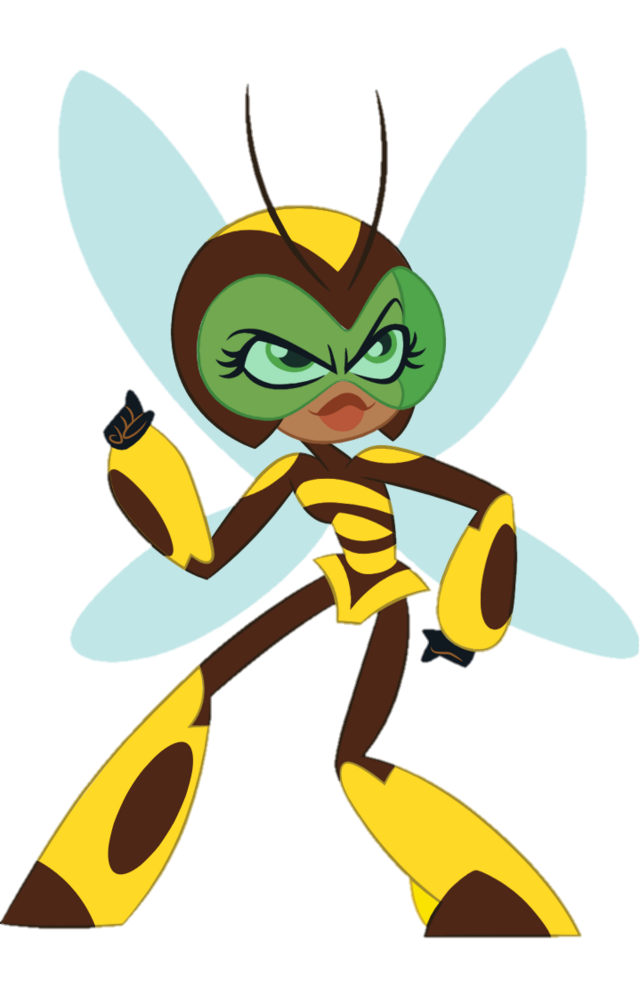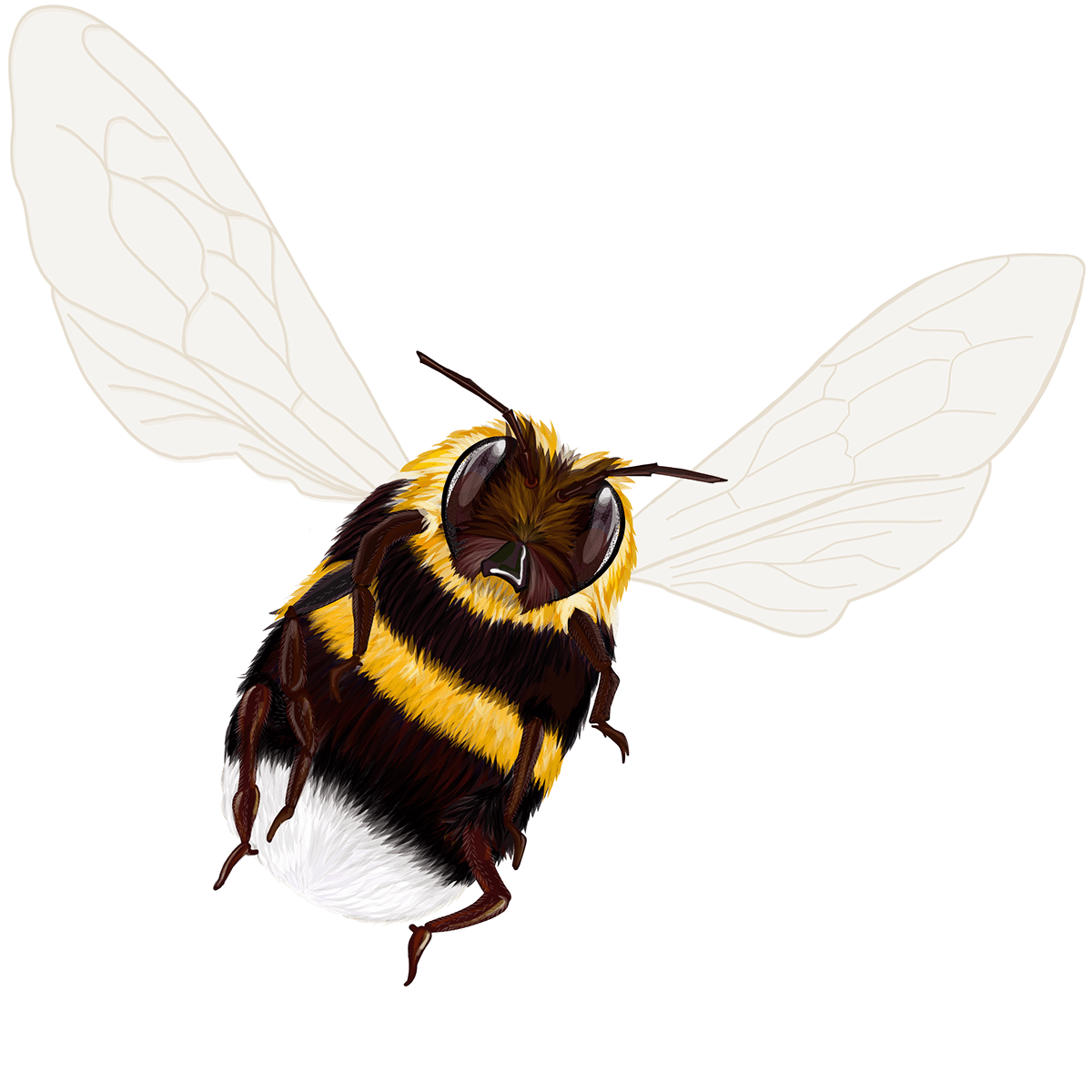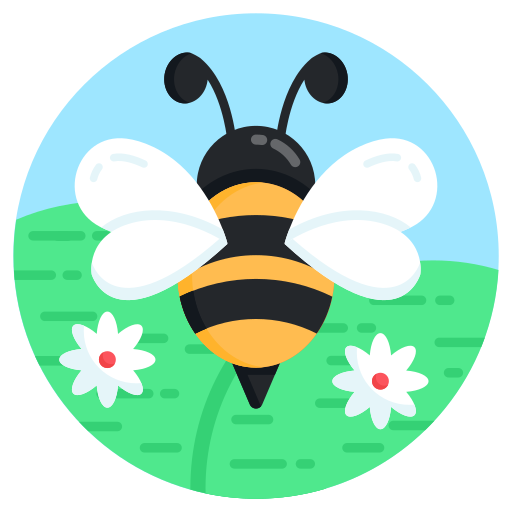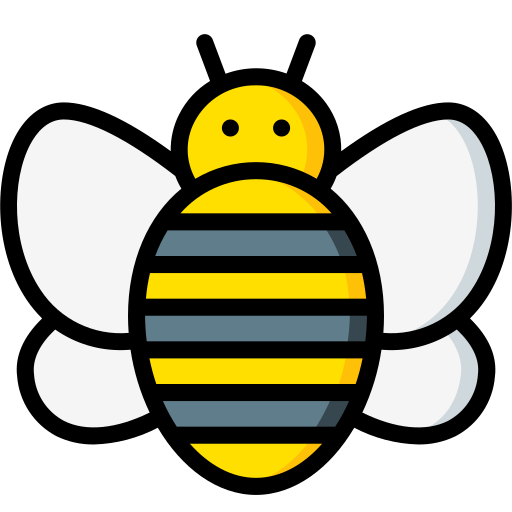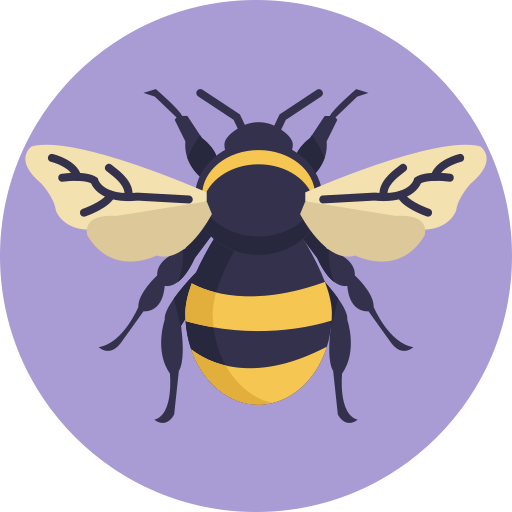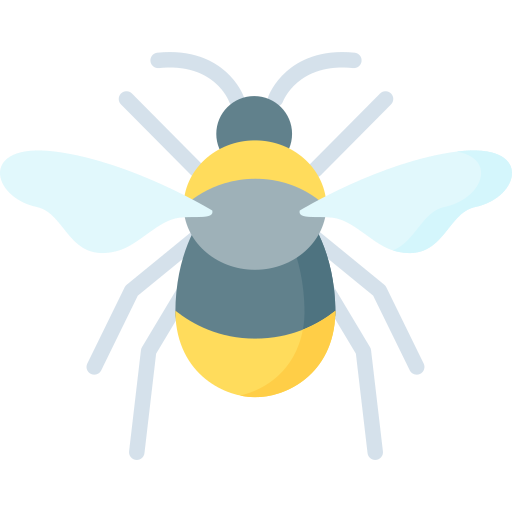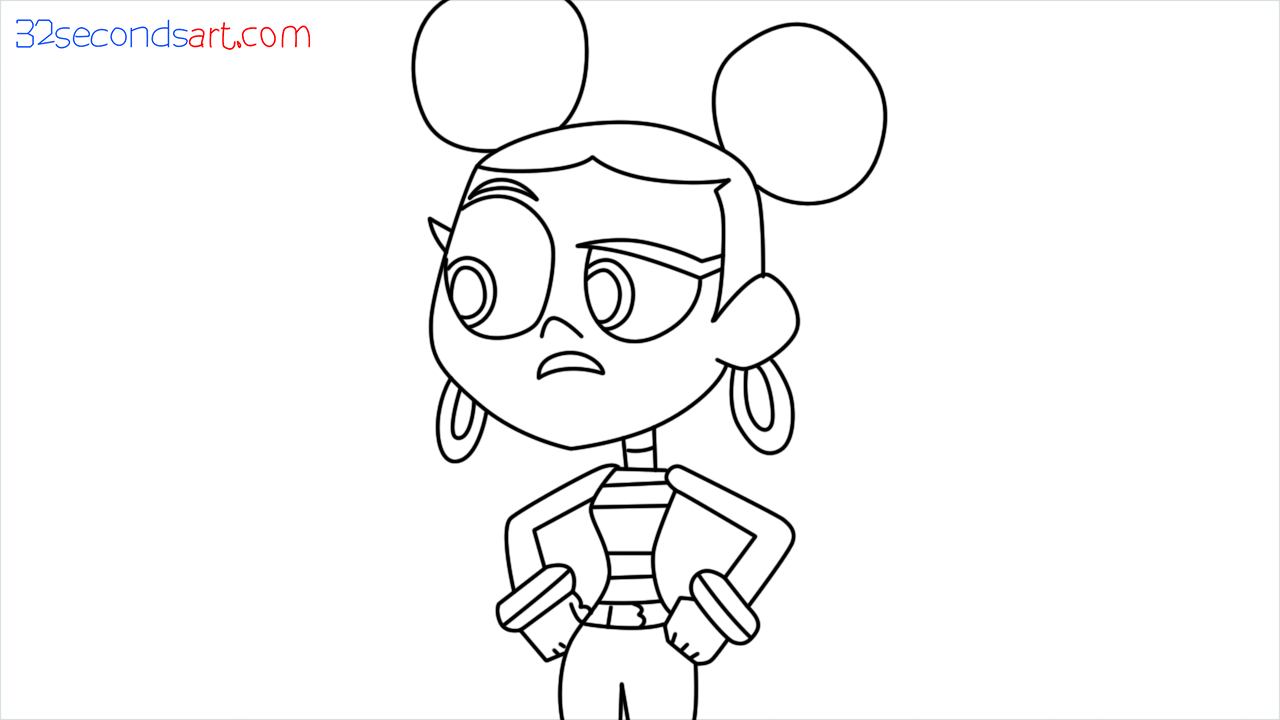Download top and best high-quality free Bumblebee PNG Transparent Images backgrounds available in various sizes. To view the full PNG size resolution click on any of the below image thumbnail.
License Info: Creative Commons 4.0 BY-NC
When we think of bees, the first thing that comes to mind is the yellow and black striped insects that make honey. But did you know that there are over 20,000 species of bees in the world? One of the most fascinating bees is the bumblebee. In this article, we’ll be exploring the world of bumblebees, including their appearance, behavior, habitat, and more.
Appearance
Bumblebees are large, fuzzy bees that range in size from about 3/4 inch to 1 1/2 inches in length. Their bodies are covered in dense, soft hair that ranges in color from black to yellow to orange to red. Some species have white or brown hair as well. They have two pairs of wings and long antennae that they use to navigate and locate flowers.
Behavior
As pollinators, bumblebees play an important role in the ecosystem. They help plants reproduce by transferring pollen from flower to flower. But bumblebees are also social insects, meaning they live in colonies. Unlike honeybees, which have a strict hierarchy and division of labor, bumblebees have a more flexible social structure. The queen bumblebee is in charge of reproduction and lays all the eggs, while the worker bees, which are all female, take care of the young and gather nectar and pollen.
Bumblebees are active during the day and are known for their distinctive buzzing sound. They are also able to fly in colder temperatures than most other bees, which makes them important pollinators for plants that bloom early in the spring and late in the fall.
Habitat
Bumblebees can be found in almost every part of the world, from the Arctic to the tropics. They are most common in temperate regions, however, and are often found in fields, meadows, and gardens. Some species even nest in the ground, while others prefer to nest in hollow trees or abandoned mouse nests.
Diet
Bumblebees, like all bees, feed on nectar and pollen. They use their long tongues to reach deep into flowers to collect nectar, which they store in a special stomach called the crop. The pollen sticks to the hairs on their bodies, and when they visit the next flower, some of the pollen rubs off and fertilizes the plant. Bumblebees also drink water, which they need to regulate their body temperature and keep their wings flexible.
Threats and Conservation
Unfortunately, bumblebees are facing many threats in today’s world. Habitat loss, pesticide use, disease, and climate change are all taking a toll on bumblebee populations. Some species have even become endangered or extinct in certain areas. However, there are many things we can do to help protect bumblebees and other pollinators. Planting native flowers, reducing pesticide use, and supporting conservation efforts are just a few ways we can help ensure that bumblebees continue to buzz and thrive for years to come.
Bumblebees are fascinating and important insects that play a crucial role in pollinating plants around the world. Their distinctive appearance, social behavior, and resilience in harsh environments make them a unique and valuable part of our ecosystem. By learning more about bumblebees and taking steps to protect them, we can help ensure a bright future for these busy buzzing bees.
Download Bumblebee PNG images transparent gallery
- Bumblebee
Resolution: 640 × 989
Size: 182 KB
Image Format: .png
Download
- Bumblebee PNG Clipart
Resolution: 1200 × 1200
Size: 168 KB
Image Format: .png
Download
- Bumblebee PNG Cutout
Resolution: 800 × 800
Size: 53 KB
Image Format: .png
Download
- Bumblebee PNG File
Resolution: 1200 × 300
Size: 12 KB
Image Format: .png
Download
- Bumblebee PNG Image
Resolution: 512 × 512
Size: 51 KB
Image Format: .png
Download
- Bumblebee PNG Images
Resolution: 512 × 512
Size: 34 KB
Image Format: .png
Download
- Bumblebee PNG Photo
Resolution: 512 × 512
Size: 50 KB
Image Format: .png
Download
- Bumblebee PNG Photos
Resolution: 512 × 512
Size: 32 KB
Image Format: .png
Download
- Bumblebee PNG Pic
Resolution: 220 × 241
Size: 72 KB
Image Format: .png
Download
- Bumblebee PNG
Resolution: 300 × 406
Size: 95 KB
Image Format: .png
Download
- Bumblebee Transparent
Resolution: 1280 × 720
Size: 55 KB
Image Format: .png
Download
